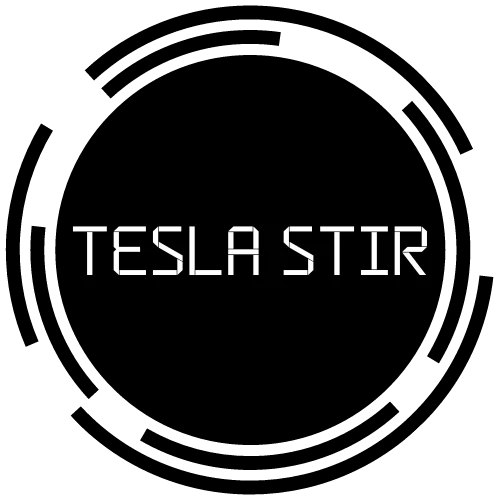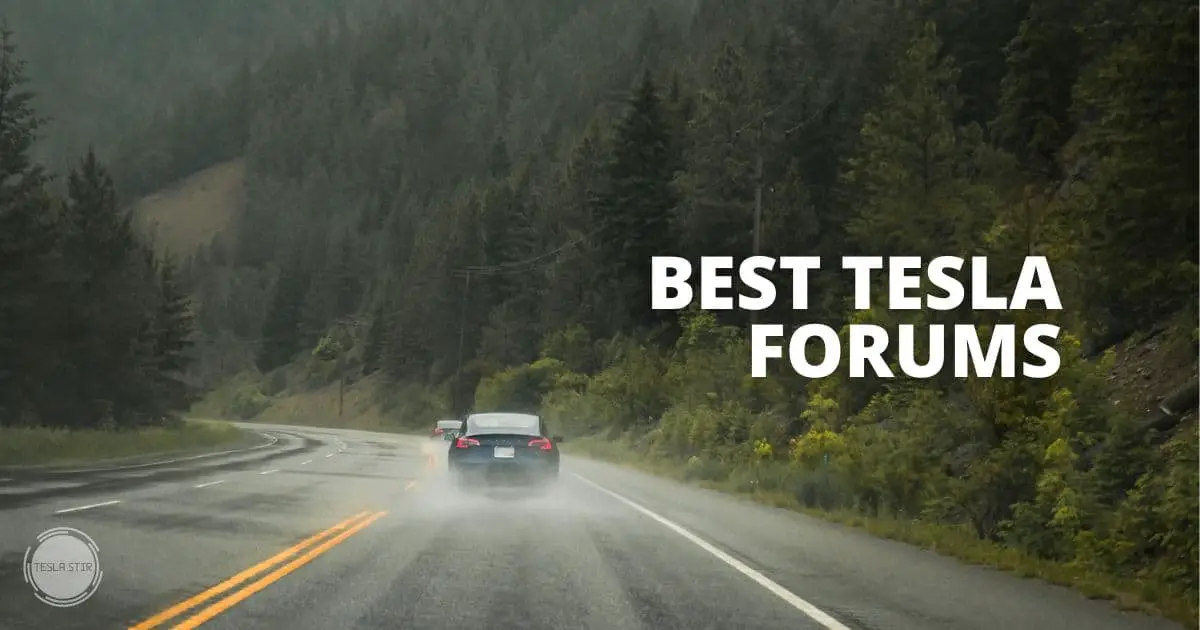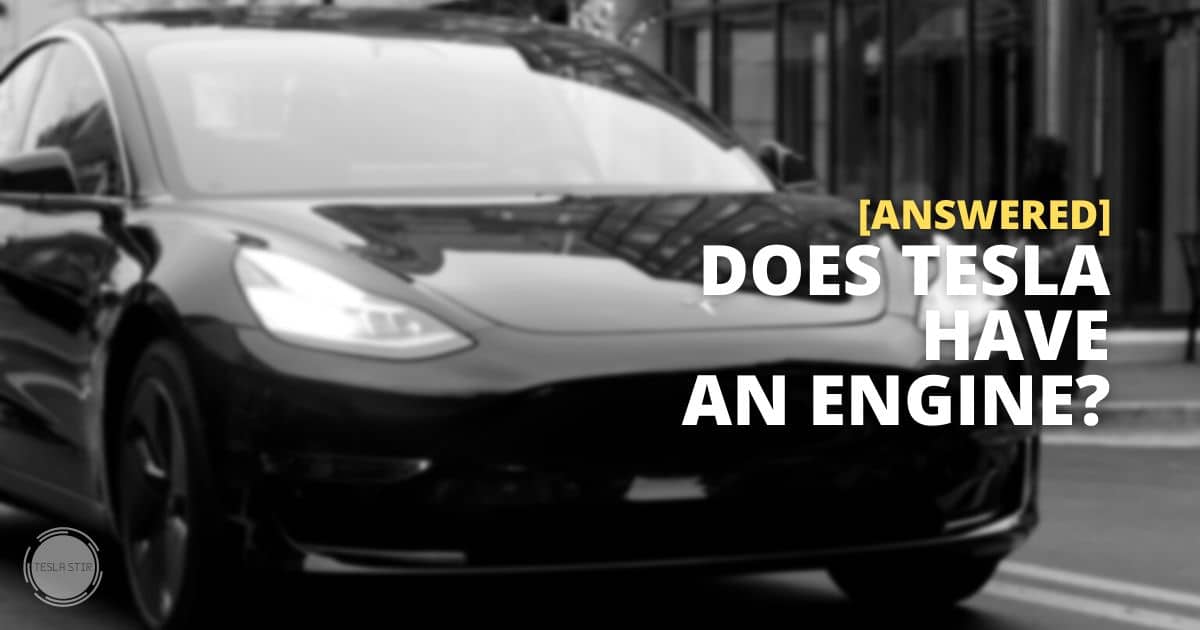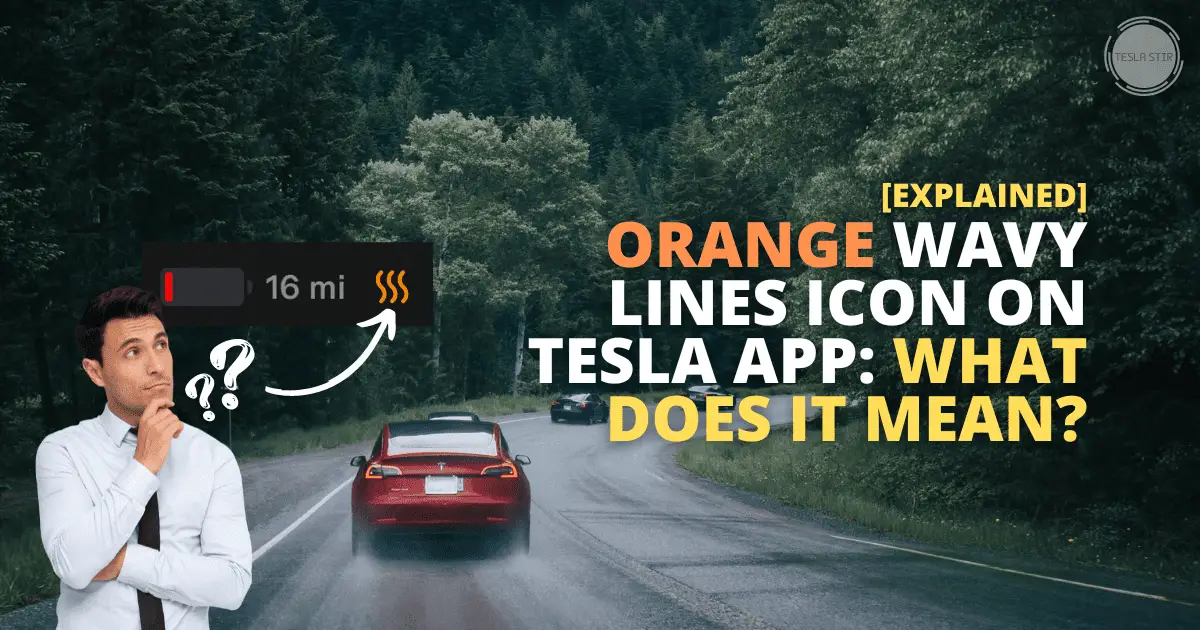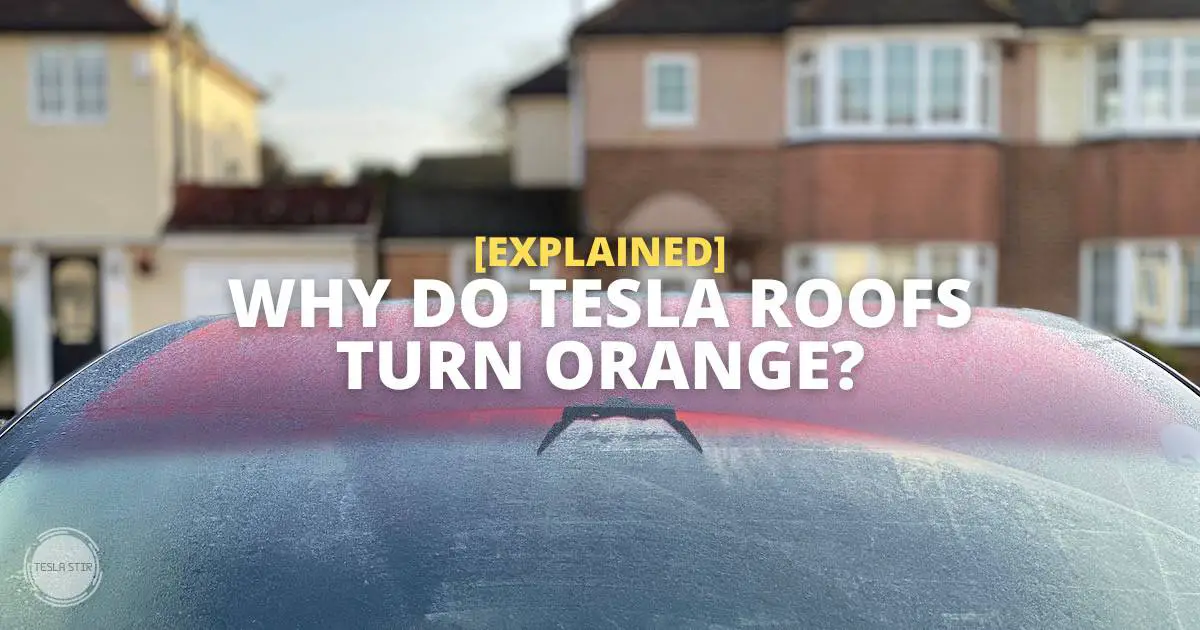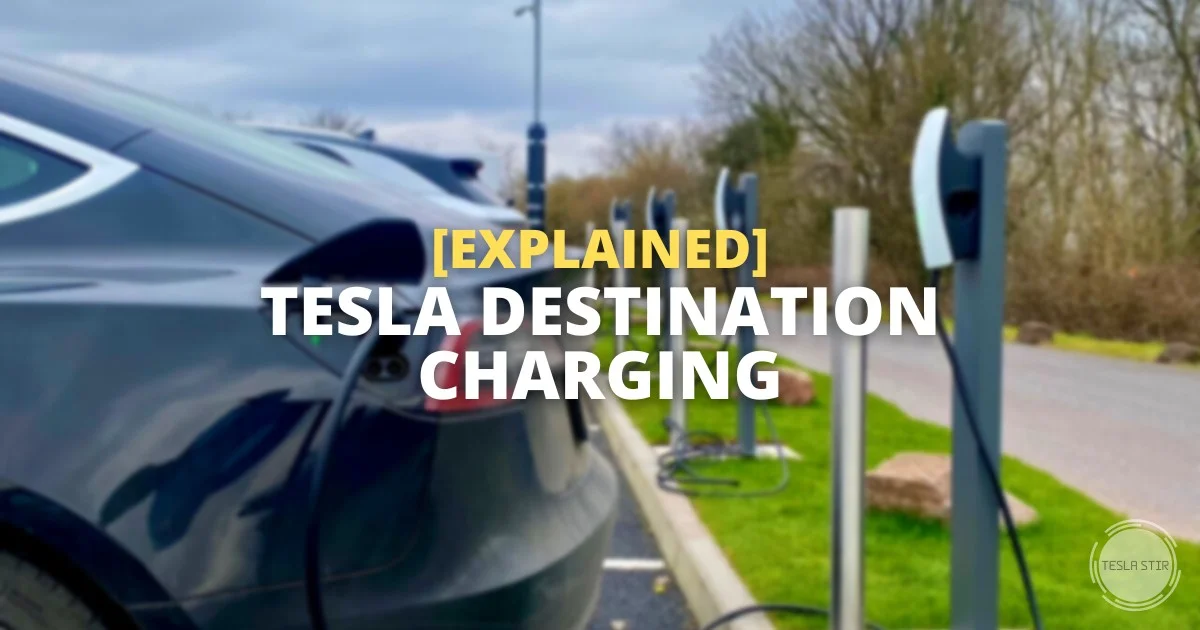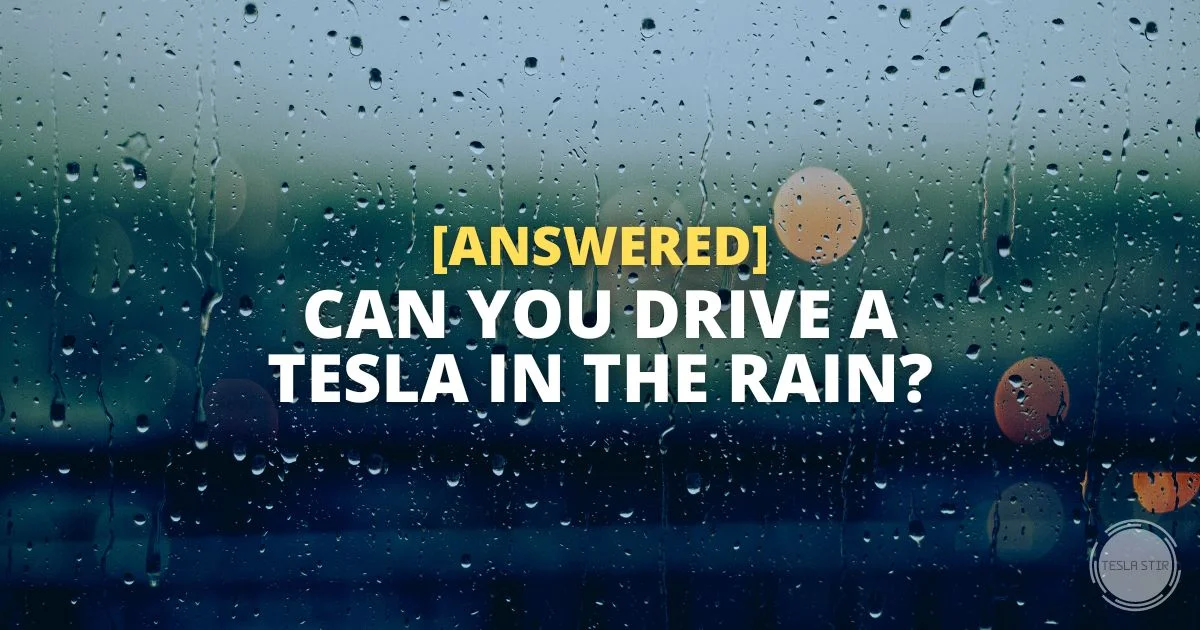Can You Charge a Tesla Electric Car in the Rain?
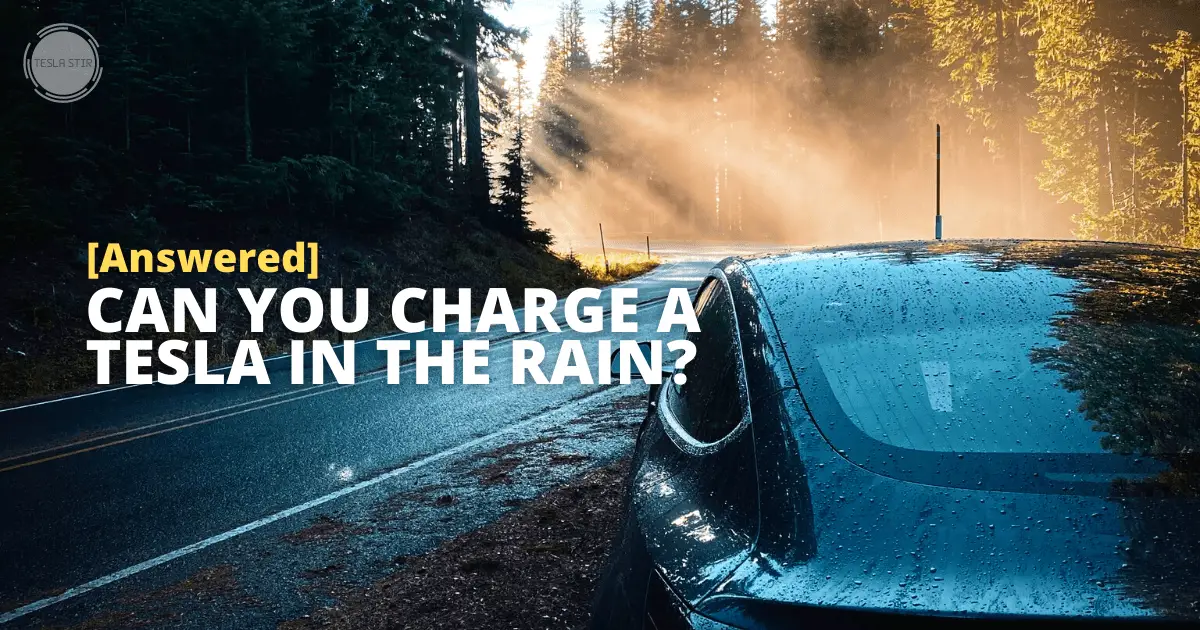
Electric cars are becoming more and more popular as people look for ways to reduce their carbon footprint. One of the most well-known electric vehicles is the Tesla, which has a reputation for being reliable and efficient.
But one common question many people have naturally is whether it’s safe to charge a Tesla electric car in the rain. And I do understand why this is such a big concern. After all, electricity and water don’t usually mix!
So, can you charge a Tesla in the rain? The answer is yes, it is safe to charge your Tesla in the rain. The onboard charging components have multiple layers of safety built-in that start the electrical current flow only when it is safe. The Tesla Wall Connector, Supercharger and charging port on a Tesla vehicle are designed to be weather-resistant making it safe to charge the car in wet conditions like rain or snow.
However, the Mobile Connector, which is the plug-in option you can use at home to charge your Tesla using a wall plug, should not be used in wet conditions. You'll need a weatherproof box and a wall outlet to be able to do so.
In this post, we’ll discuss charging using a Tesla wall connector, at a Supercharger station, or with the Gen2 Mobile Charger in rainy or generally wet conditions.
There are a few safety precautions you should take when charging your electric car in wet conditions and I will cover those here as well.
Can You Charge a Tesla EV in the Rain?
Yes, you can charge your Tesla EV in the rain without any issues. Your Tesla comes with many smart layers of protection on charging components to ensure that charging is safe and efficient. The charging process is controlled by an onboard computer that boasts integrated security measures to protect against electrical shock and malfunctions.
It has the capability to identify any potential issues and prevent the car from starting the electrical current flow if necessary. Additionally, all the charging components of a Tesla vehicle are designed to be weather-resistant and will safely handle wet weather.
The charging port and cord are also designed to be weather-resistant, so it is generally safe to charge the car in wet conditions as long as the charging port and cord are not submerged in standing water.
Therefore, rain has no effect on your electric car's charging process and you can continue to charge your EV as usual.
However, it is always a good idea to use caution when handling electricity and to avoid charging the car during a thunderstorm with lightning strikes, as the sudden increase in electric current can potentially damage the car.
Let's look at the specific types of charging scenarios in more detail.
Charging Using A Tesla Wall Connector (TWC)
If you are using a Tesla wall connector, it is completely safe to plug the vehicle into an outlet even if it is raining. TWCs come with a NEMA 3R rating which makes them weather-resistant to falling dirt, rain, sleet and/or snow.
The plug and the outlet are designed to be waterproof for indoor or outdoor mounting. Plus, the system is designed to stop the flow of electricity if it detects a potential issue. So, they are very well suited for wet conditions like rain, sleet, snow or even icy conditions and you can leave them plugged in even if there is precipitation.
However, it is always a good idea to use caution when handling electricity and to follow all safety precautions to ensure that charging is as safe as possible.
Charging at a Tesla Supercharger (SuC)
Tesla Supercharger stations are designed to be weather-resistant and can handle bumpy weather conditions like rain, snow or sleet.
SuCs are usually installed outside without a roof or covering as they are designed to withstand the natural elements. Additionally, the connector plugs and outlets at a Tesla Supercharger are designed to be extremely safe even in wet conditions.
Charging Using a Tesla Gen2 Mobile Charger
The Tesla Gen 2 Mobile Connector is not designed to be weather-resistant, so it is not recommended to use in wet conditions. However, if you do need to charge your Tesla in wet conditions, invest in a weatherproof box where you can hide the plug away from moisture.
You can use the Gen 2 Mobile Connector outside on its own only when there's no rain or snow outside.
If you don't have a Wall Connector installed and still home charge using the Mobile Connector, most likely you'd be using an extension cord. It's fine when it's warm and dry but in wet conditions, it is important to keep the connection point between the charger and the extension cord covered from the rain to prevent water from seeping in.
Water can potentially cause electrical issues if it gets into the connection point, so it is important to take steps to keep the cord dry if you are charging your EV in wet conditions. You can invest in a good-quality extension cord and a waterproof box to help keep the connection points dry.
Note: Make sure you use an outdoor Extension cord rated for wet conditions and designed to withstand water exposure. Do not use indoor cords as they are not built to handle wet environments.
What Does The Tesla’s Driver Manual Say?
Tesla doesn't mention anything against charging a Tesla in the rain. However, they do recommend refraining from charging during heavy rain, thunderstorms or lightning storms as the electrical current could potentially damage your car.
Below is what Tesla recommends in its Mobile Connector User Manual (link).
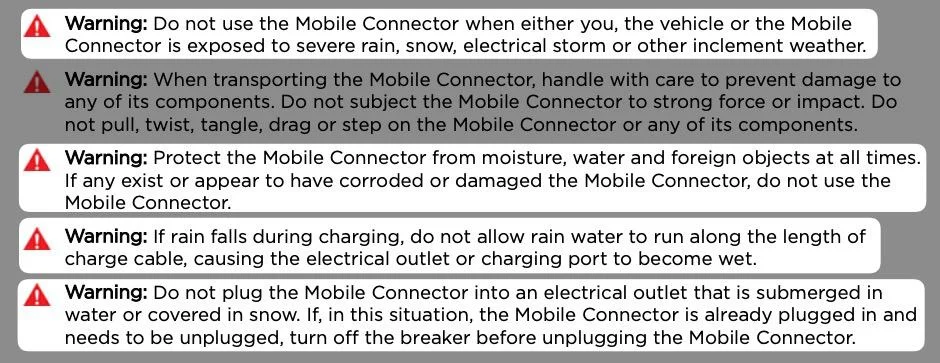
Are Tesla Chargers Waterproof?
The Tesla Wall Connector and Tesla Supercharger are waterproof and designed to handle wet conditions. The Gen 2 Mobile Connector, however, is not waterproof and should not be used in wet locations without a weatherproof box.
Can You Charge a Tesla in the Snow?
Yes, it is entirely safe to charge a Tesla in the snow just like it's safe to charge in the rain. If your charge port is not frozen, plugging in your Tesla to a Wall Connector or Supercharger should be completely fine.
Snow is less conductive than water, so the risk of electric shock is much lower when charging in snow. However, you should still use caution and keep any electrical connections dry.
Can You Charge Tesla During a Thunderstorm?
It is generally not recommended to charge your Tesla during a thunderstorm with lightning strikes, as the sudden increase in electric current can potentially damage the car. Even Tesla doesn't recommend doing it as I mentioned above.
While the Wall Connector and Supercharger are waterproof, they can still be affected by extreme weather conditions, such as lightning storms, which can cause electrical issues.
If you can, try to wait until the storm passes before plugging in your Tesla to a Wall Connector or charging at a Supercharger.
If you do need to charge the car during a thunderstorm, you should use caution and take steps to protect yourself and the car from any potential electrical hazards. This may include unplugging the charger, moving the car to a safer location, or seeking shelter until the storm passes.
Safety Precautions When Charging In The Rain
Now that we know you can charge your Tesla in the rain, it's important to take a few precautionary steps to ensure your safety. Here are a few tips for charging a Tesla in the rain or wet conditions:
- You can try to park the car in a covered or sheltered area if possible.\
- If the charging port or the connector does get wet, dry them off before charging the car.
- If you are using a Gen 2 Mobile Connector, invest in a waterproof box to help keep the connector dry.
- If you are using an extension cord, use one that is designed for wet conditions and keep the connection dry and covered.
Wrapping Up
There you have it!
As you can see, you can charge a Tesla in rain (or sleet/snow) without a problem. However, there are some safety precautions you should take when charging your car in wet conditions.
Make sure to use an outdoor-rated extension cord and waterproof box if necessary, and don't attempt to charge your Tesla during a heavy thunderstorm.
I hope you find this post useful. Following these tips should help you safely charge your Tesla in the rain. Happy charging!
If you have any questions or tips of your own, please feel free to leave a comment below. I'd love to hear from you!
